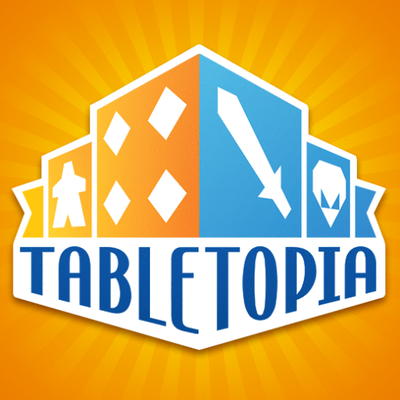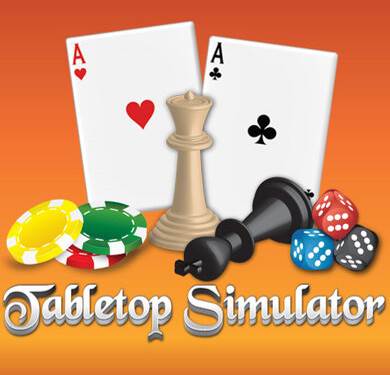Guild Update
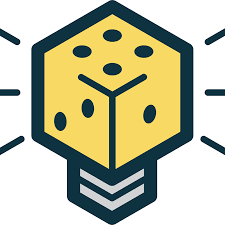
COVID and Guild Playtest Meetings
Currently we are allowing playtest facilitators for each location to determine if meetings will be held, as long as they fall within state guidelines. Updates on the status of these meetings will be announced via our BGDG of Utah’s Facebook Group.
Discord and the Guild
The BGDG of Utah’s Discord is a great way to get to know those in the guild and discuss all things game design! If you’ve not joined yet, we’d love to have you come and participate with us!
For those who are interested, you can have one of many skill-roles assigned to you on our discord! That way someone looking for an artist, graphic designer, blind playtester or any other skill can be found by typing “@ artist” or “@playtester” etc. Contact @Dustin or @Lyle on discord to have a skill-role added to your profile.
Chandler Copenhaver, with CrowdOX, has also started a Discord called CO-Games & Geeks that focuses on online playtesting. He’s really doing a great job in encouraging the community he’s building to try out games currently in development. Feel free to join up and add your game to the list! In addition to this, Wednesday nights have been set aside as their primary Game Night from 7pm EST to 12pm EST (5pm-10pm MDT). The most frequent platforms for online playtesting has been Tabletopia and Tabletop Simulator.
Upcoming/Current Events
Recent Game News from the Guild
Guild member David Gonsalves entered his game, Tank Brawl, into Denmark’s largest Board Game/Role Playing Game Convention called Fastaval and was picked as a finalist for the Otto Award! Tank Brawl was selected among 197 other entrees (from 23 countries) and is one of 18 games going on to the next round! Be sure to congratulate David on this unique and exciting experience as he prepares to travel to Denmark for the event!
Current Design Contests
Ion Award (10/01/20 SaltCON) Though the SaltCON Spring event has been cancelled, the Ion Award will be taking place. The SaltCON Newsletter (see link) states that submissions will open on October 1st. Those details have not yet surfaced but information here will be updated when that goes live.
Roll and Write Design Contest (10/14/20 BGG)
24 Hour Contest (10/31/20 BGG)
Community Anthology Design Contest (01/04/21 The Game Crafter)
54 Card Contest (04/30/21 BGG)
Let’s Make a Prototype
Guild member Brandt Brinkerhoff has started a new channel all about making prototypes. Check it out here!
Nerding Out Podcast
Check out the newest podcast episodes of Nerding Out!
Board Game Workshop Podcast
Check out the newest podcast episodes of The Board Game Workshop!
Game Design Highlights by Skye Larsen
The coronavirus epidemic has disrupted one key aspect of the board game industry: conventions. Normally, many publishers will meet with various designers over the course of a convention to listen to pitches. This year a pair of designers, Sen-Foong Lim and Jay Cormier, started something called the Pitch Project to help counteract the absence of conventions. I won’t get into too many specifics with the Pitch Project in this article, but you can learn more about it at allbutpublished.com.
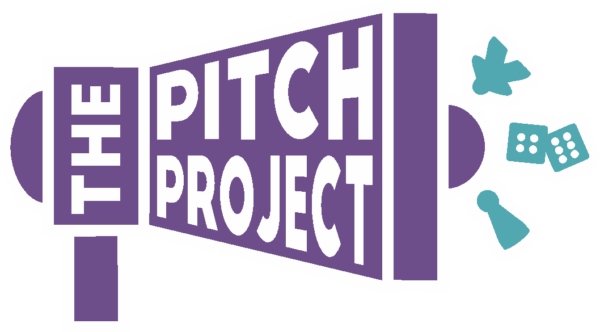
By participating in the Pitch Project, I was able to watch some interviews with publishers and collect some insights on what makes a good pitch—as well as what makes a bad one. So without further ado, here are some of the takeaways I got from those publisher videos.
1. Be passionate, be confident, and know your game.
By far one of the most common threads in all the publisher interviews was the influence of a passionate pitch. And that doesn’t necessarily mean an exuberant or aggressive “sell.” Instead, publishers expressed that they wanted to know that the designer cared about the game they’d made.
In addition to passion, publishers also expressed the need for confidence. They understand why designers get nervous in a pitch, but confidence helps them get to know both you and your game better. If a publisher is going to sign a designer’s game, they want a good feel for what working with that designer would be like.
Something that will help you express passion and exude confidence is a thorough understanding of your design. While it seems like a no-brainer, being able to quickly and fluidly explain how different mechanics interact makes a solid impression on the publisher and keeps the pitch from dragging.
2. Do some research.
Many publishers shared a mutual exasperation with design pitches that clearly doesn’t fit their catalog. It wastes the publisher’s time, and they usually have such a high volume of pitches that they really only want to consider games that fit in with their current brand strategy.
You might think of that familiar quote from Wayne Gretzky (or Michael Scott) “you miss 100% of the shots you don’t take.” While that’s true, aiming your shots is still much more effective. And if you aim for publishers that would fit your game, you’ll waste less time and have better relationships with those publishers as a result.
Pay special attention to the most recent games published by a company. Bringing that up in a natural way could signal that you took the time to look into what the publisher is working on. But publishers also warned that honesty is always the best policy—don’t pretend to be a fan of the game or the publisher if you know nothing about their games.
3. Know the core of your game, and don’t be too attached to any one idea.
Most games, and especially more complex games, have a lot of moving parts in the design. It helps to know the most basic core elements of your game, and what parts are the most fun, unique, or exciting. Start with those elements in the pitch, and make sure the publisher can leave the pitch knowing that they could explain those core concepts to the rest of their publishing team.
A few publishers mentioned that some designers come off as overly attached to a theme or a particular mechanic. It’s best to be flexible and open to those changes in the pitch.
Now, this advice is specifically about pitching to publishers. Obviously, you might consider some changes off-limits, and that might result in a different publisher or self-publishing. However, in response to what makes a great pitch, multiple publishers mentioned that they want to see some flexibility because it usually means a better working relationship with the designer.
4. Be cautious with comparisons.
One aspect of the videos that surprised me was how popular this pet peeve was with the publishers interviewed. It seems natural to use comparisons when talking as a board game player, and the idea of providing a “comp” is actually standard practice in book publishing.
Publishers’ reasons for their annoyance came down to two basic principles. First, comparisons are often hazy or even blatantly inaccurate. When you say this game is the “next Monopoly” or the “next Gloomhaven,” what does that even mean? Are you talking about popularity, impact, mechanics, or theme? And if you are claiming to be as popular or mainstream as Monopoly, you’re probably setting your pitch up to fail with those lofty expectations.
Second, publishers also seemed to dislike comparisons because it diminishes or dismisses their role. One of the more gratifying aspects of publishing is seeing the potential in something unknown, and publishers want to see confidence from the designer that the game will show that potential naturally.
5. Get with the times.
While in-person pitches at conventions will hopefully be a thing again in the future, technology does make remote pitching more of a possibility—if you know how to leverage that tech.
Several publishers brought up how a good “sizzle video” can be one of the most effective ways to depict both the fun as well as the flow of a game. But effective editing and cinematography are important for a useful video, and those are skills you either have to pay for or learn yourself.
Until the normal board game convention circuit gets back to normal (and even after that point), it would also be a good idea to follow publishers on social media and stay familiar with their guidelines for digital submissions. Not all publishers will accept unsolicited submissions, so it’s important to know which publishers would be open to getting a cold pitch over email.
Interview with Andrew Allan
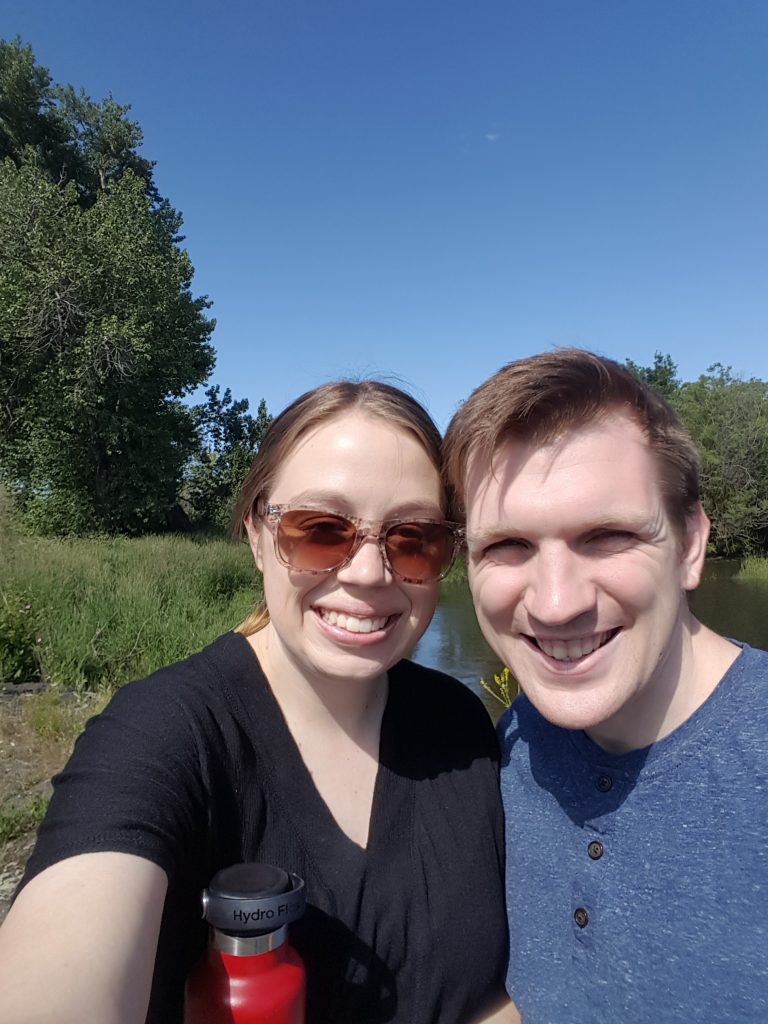
Personal Questions
What’s your backstory? Tell us about you and how you got into game design.
My name is Andrew Allan and I’ve loved games for a long time. I started designing little bits and pieces back in elementary school but I didn’t ever complete a prototype until shortly after high school. After making many complete prototypes for a number of years, I one day decided to get serious about it. I decided to become as much a part of the board game community as possible. So I googled to find every possible resource I could, I joined online communities, volunteered at conventions, worked at Good Move Cafe in Provo, joined contests, and joined the guild. It’s been a year and a half now since I’ve decided to take this all seriously and it’s been great.
Can you walk us through your design process? Do you start with specific themes in mind or want to utilize certain mechanisms?
My process has grown a lot. At first I treated every idea as special. If I had an idea, I made it. Now I just record all my ideas in a journal and when I’m ready to make a new game, I’ll picture a certain player experience I’m looking for and comb my massive list of ideas looking for pieces that will fit my vision. After that I throw together a rough prototype and it’s playtest, playtest, playtest.
If you could pick 3 games that every designer should have to play, as a sort of game design curriculum, which would you choose?
That’s a hard question, my answer will be three games that help open your vision for what’s possible. The Mind, Diplomacy and Spaghettaboutit (Google it, no contents required).
Game Related Questions
You have been working on a game called Brush Brothers Paint Co. Could you tell us more about that game?
I can! Brush Brothers Paint Co. is a family friendly color mixing card game. Brush Brothers plays in 15 min, is for 2-6 players, and is for ages 8 and up. In Brush Brothers, players are new employees for the Brush Brothers Paint Co. and are seeking to make a good first impression by mixing colors and completing company goals. In this color based deck building game, players compete to collect paint cards and meet goals before the days end.
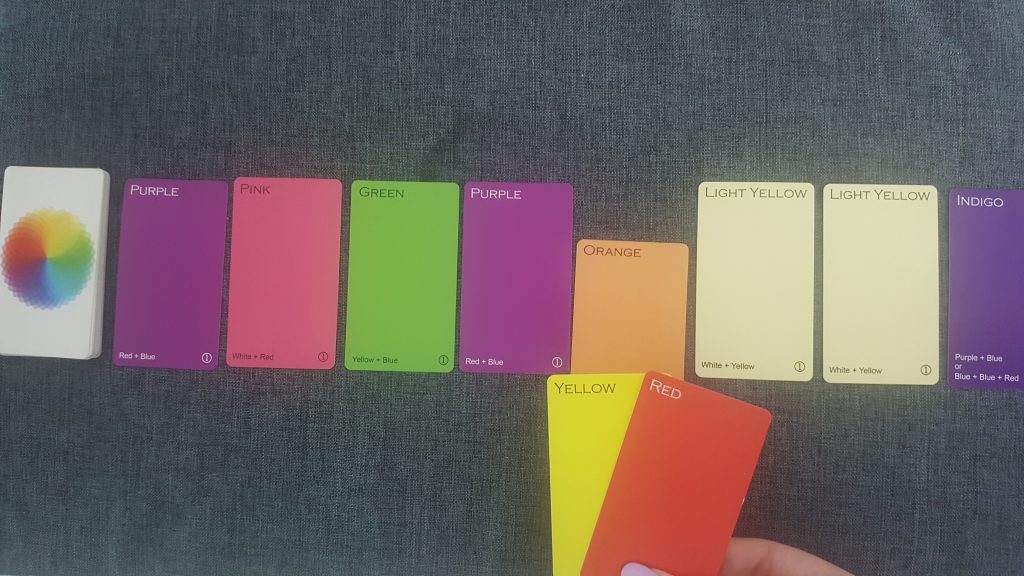
What design challenges did you have to face when designing this game?
For the most part it has been surprising smooth sailing. This was my fastest design yet and it has just been coming together so naturally. I would say the hardest part was reaching a balance between two different audiences. Brush Brothers is a gateway game, so we needed it to appeal to both heavy and light gamers. It took constant tweaking but shortly before launch we reached that balance.
I believe Brush Brothers is currently on Kickstarter now, is that right? What has the process been like as you’ve prepared for this Kickstarter?
Yep! Thats right! This is actually our first game on kickstarter so it has been a great opportunity to grow. I had always been afraid of kickstarter because the responsibility of the success of the game is all on you. So we have been very careful when planning our campaign to make sure we were realistic about our funding goal and that our product was worth the investment. It has gone well so far and we are excited for what comes next.
Have you collaborated with anyone else on this project or has this been a solo venture for you?
This game was inspired by a conversation with my wife Hillary and she has been a consulting voice throughout the whole project. My father has been the principle help with content and graphic design. So it’s certainly been a team effort. They were the ones who really encouraged the kickstarter so I so appreciate their support.
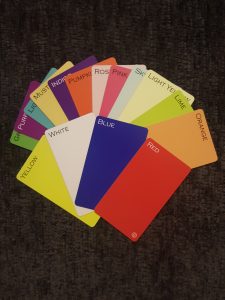
Final Wrap up Questions
Though you are living out of state now, how would you suppose the guild could improve to better assist in the game development process?
My favorite part of the guild was being able to learn from everyone else there. I didn’t go to meetings to just get play-tests, I went to learn from the experiences of other designers. Any kind of opportunity to encourage those experiences are incredibly valuable.
If people wanted to contact you or follow your game designs how should they go about that?
They are welcome to email me at akingsleyallan@gmail.com and they can find our campaign at https://www.kickstarter.com/projects/793320400/brush-brothers-paint-co-card-game
Contributions to Future Newsletters
If you would like to contribute to future newsletters then please contact Dustin Dowdle (oddfoxgames@gmail.com).
Feel free to use your talents to participate in the newsletter! You could write up an article or submit a comic strip on game design, share some insider knowledge from the industry, upload a print and play or free roll and write game or anything else you can think of! I also appreciate a heads up on games being published or other highlights from the guild!
I’d love to interview members of the guild both seasoned and new, whether you still reside in Utah or not! This is an excellent way for us to get to know each other and you’ve got license to go ahead and shamelessly plug your upcoming game or even a past games of yours!

